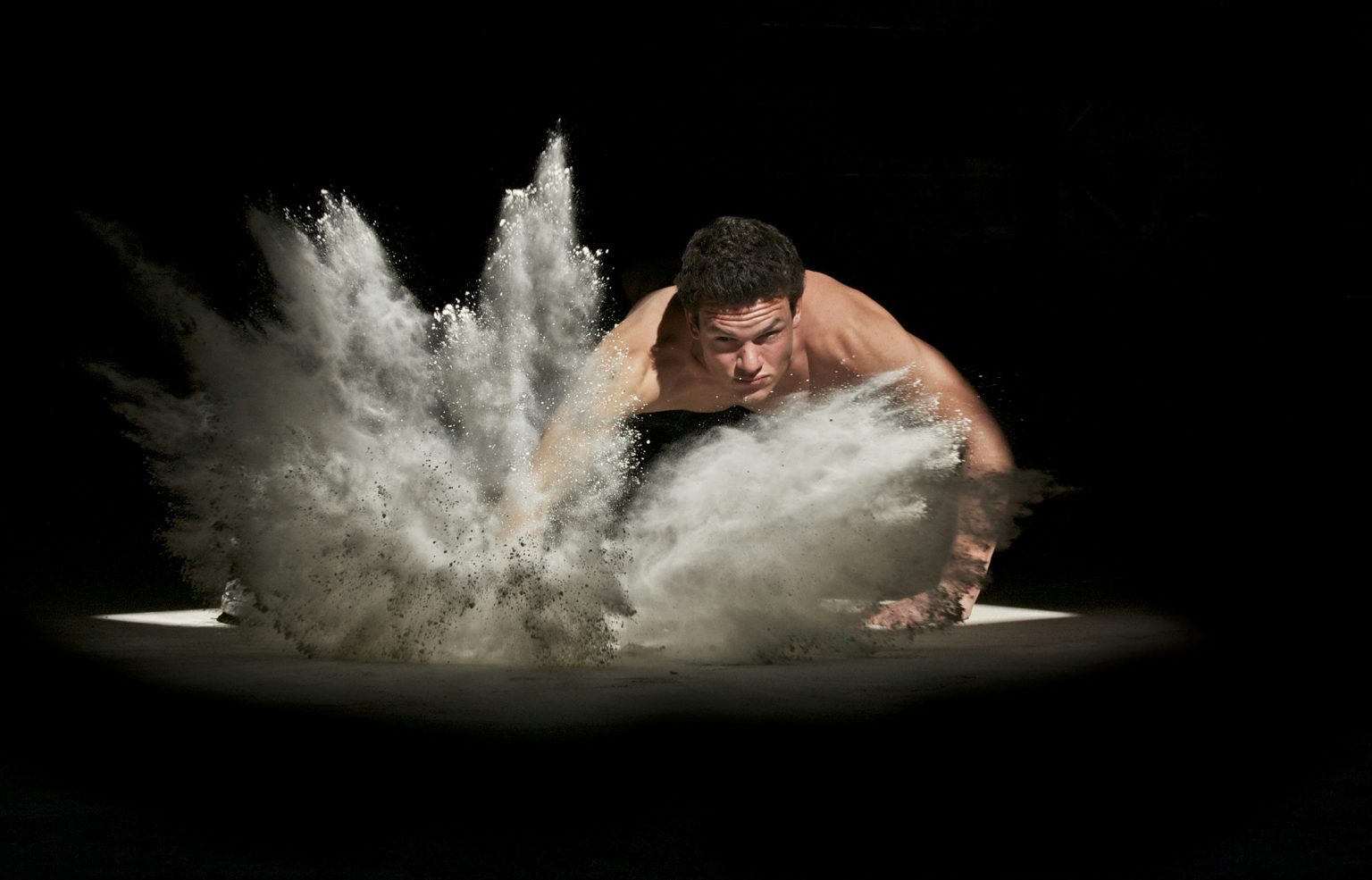Striated muscle, also recognized as skeletal muscle, stands as the most versatile tissue in the human body, readily moldable through appropriate nutrition and consistent exercise. Its functionality is derived from the intricate interplay of two protein filaments within its cells, named actin and myosin, which work together to facilitate muscle movement and growth.
Muscle fibers experience microscopic damage due to the mechanical stress from consistent contractions and relaxations that occur during everyday muscle usage. This phenomenon, known in muscle biology as microtearing, involves the minor injury of the more vulnerable muscle fibers. Such microtears act as catalysts for the regeneration process, where the muscle tissue repairs and rebuilds itself with the aid of proteins either consumed through diet or synthesized internally.
Proteins, fundamental components of muscle tissue as well as other cellular processes, are synthesized through the sequential linkage of amino acids, serving as the foundational building blocks. Among the 20 different amino acids that exist, our body is capable of producing a portion, while the remaining 9 essential amino acids must be sourced externally through our diet, as they are not naturally synthesized by the human body. The dietary proteins we ingest are decomposed into these amino acids by our digestive system, which then are utilized in various bodily functions, including the critical process of muscle tissue repair and regeneration.
When muscle fibers incur damage, they emit signals through cytokine molecules, which are crucial for intercellular communication within the tissue. These signaling molecules not only report the presence of damage but also stimulate the activity of muscle satellite cells, a specialized form of stem cell vital for muscle regeneration. These processes accelerate the synthesis of new protein strands by aligning amino acids sequentially, thereby mending the microscopic tears in the muscle tissue. Satellite cells proliferate and congregate at the site of injury, participating actively in the repair. By fusing with the muscle fibers, these cells contribute to making the muscle strands thicker and more resilient, enhancing the overall strength and function of the muscle.
Nonetheless, the efficiency of muscle repair and the ability to gain new muscle mass are not uniformly experienced by everyone. This variability can be attributed to differences in hormone levels and genetic predispositions that influence muscle growth.
For further reading:
• 20 Great Anatomy Books: Discover the Best Way to Master Anatomy
• The Human Body by Tinybop
• Anatomy: A Cutaway Look Inside the Human Body












